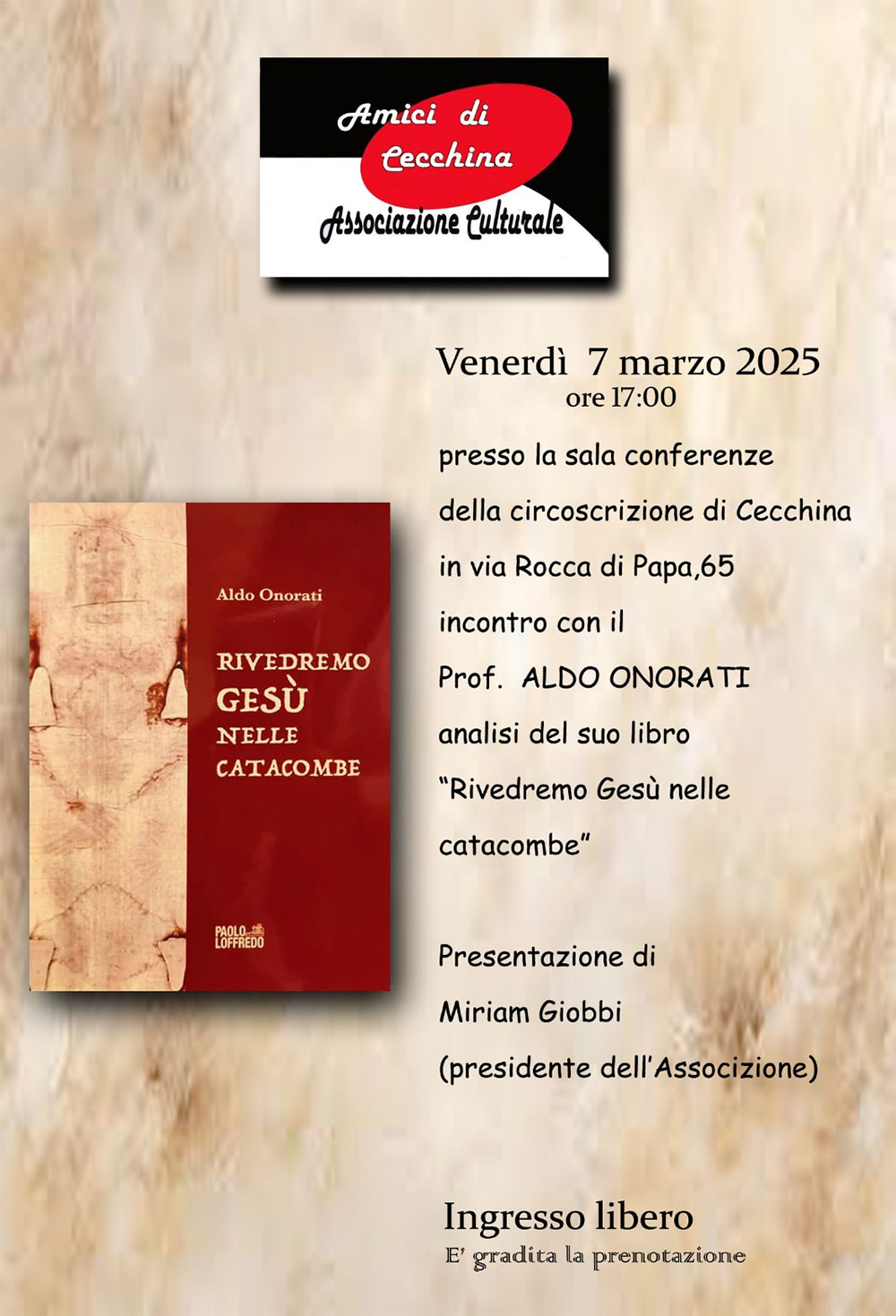 Paolo Loffredo, sixth generation of a large family of publishers and booksellers engaged in the production and distribution of books since the late nineteenth century, creates in 2012 the new editorial company Paolo Loffredo Editore. The historical site was until the '80s in the heart of the historic centre of Naples in Via San Biagio dei Librai, lower Decumano and also known as the SpaccaNapoli.
Paolo Loffredo, sixth generation of a large family of publishers and booksellers engaged in the production and distribution of books since the late nineteenth century, creates in 2012 the new editorial company Paolo Loffredo Editore. The historical site was until the '80s in the heart of the historic centre of Naples in Via San Biagio dei Librai, lower Decumano and also known as the SpaccaNapoli.
At the beginning of the twentieth century, Giuseppe Loffredo decided to add book selling to the book production, which definitively imposed itself after World War II with the publication of manuals for the University and for the School that succeeded in establishing themselves soon throughout Italy.
LAST EVENT
"Rivedremo Gesù nelle catacombe"
07 Marzo 2025 - Sala Conferenze circoscrizione di Cecchina - via Rocca di Papa 65, Albano Laziale (RM) - ore 17,00

Multilingual Films
ISSN: 2611-1349
Language: English
Publisher: Paolo Loffredo Editore Srl

Description
Multilingual Films
A portrayal of language contact on screen
The study presented in this volume has a two-fold objective. On the one hand, it aims to explore the portrayal of lingua-cultural diversity on the silver screen from the early 1930s – with the advent of sound cinema – to the late 2000s, when the production of multilingual films has notably increased compared to past decades. This trend has led contemporary viewers to experience a wider array of cinematic works depicting the diverse languages characteristic of our planet. Films featuring multiple languages within their story and discourse inherently offer interesting material for translation analysis, since the need for translation (or lack thereof) becomes a central concern in fostering the audience’s comprehension. On the other hand, the di¬achronic analysis undertaken herein will assess how Italian dubbing, the mainstream mode for the translation of audiovisuals, has handled the presence of different languages in the source material. Specifi¬cally, it will investigate whether the original multilingual dimension of the films under analysis has been preserved or neutralised, resulting in a target text that may be linguistically less rich than the source text.
A multidisciplinary approach will be embraced throughout, which combines film analysis techniques, developed in film semiotics, with contributions from translation studies, particularly in the field of audiovisual translation. The focus will be on the integration of ver¬bal language with other semiotic codes, especially acoustic and visual elements. After the presentation of the theoretical framework, the analysis will delve into the role played by multilingualism in three main cinematic genres, namely drama (chapters One and Two), com¬edy (chapter Three), and thriller (chapter Four). The book concludes with some final remarks that contribute to a deeper understanding of contemporary multilingual films and the potential challenges that their translation poses to Italian dubbing.



